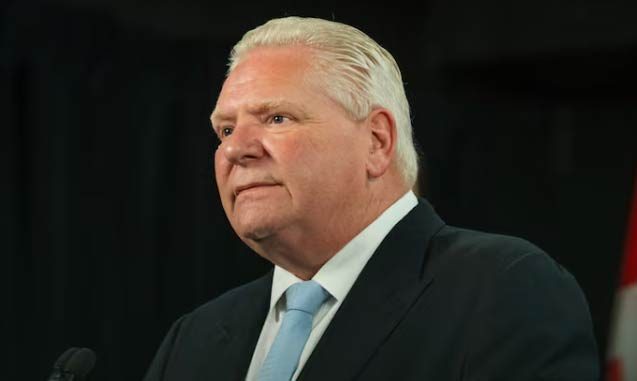
WASHINGTON- Gen. David Allvin, the Air Force’s chief of staff, will retire in November 2025 after serving only two years in the role, far shorter than the typical four-year tenure.
The Air Force confirmed that Allvin will remain in position until a successor is nominated and confirmed to ensure continuity. His decision mirrors rare cases in recent decades where chiefs stepped down early.
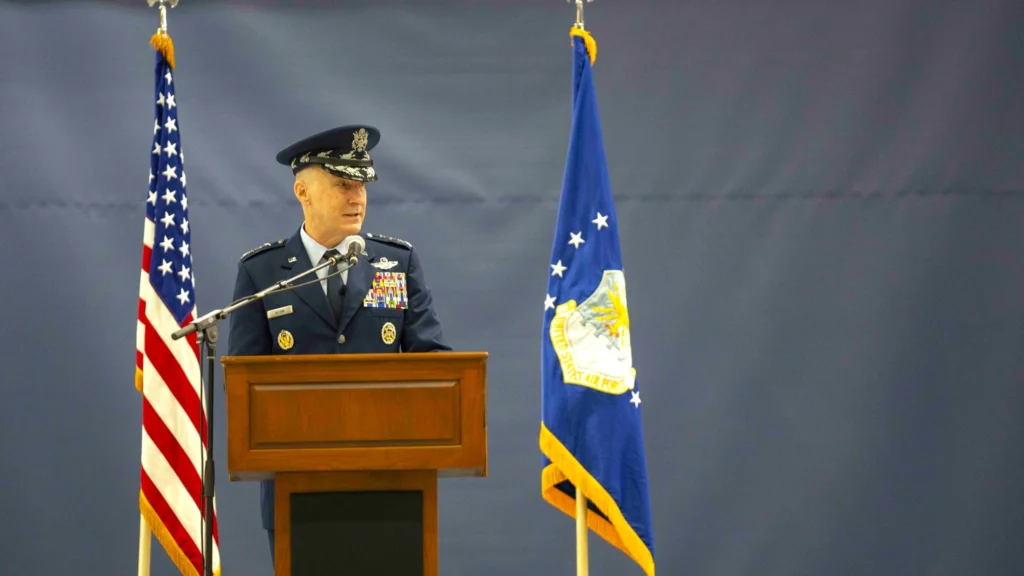 Photo: Chairman of the Joint Chiefs of Staff | Flickr
Photo: Chairman of the Joint Chiefs of Staff | FlickrAir Force Chief Retiring
Allvin became the 23rd Air Force chief of staff in 2023, following a distinguished career as a mobility pilot and strategist. His early departure marks a significant shift for the service, which relies on stability in senior leadership to guide modernization and strategic planning.
Chiefs of staff typically complete four-year terms; the last major exception was Gen. CQ Brown, who left the role to become chairman of the Joint Chiefs of Staff.
The Air Force did not disclose Allvin’s reasons for stepping down, but confirmed he will continue to serve until the Senate approves a successor.
In his statement, Allvin expressed gratitude to Secretary of the Air Force Troy Meink, Defense Secretary Pete Hegseth, and President Trump for their confidence in his leadership, while emphasizing his pride in serving alongside airmen committed to the service’s core values.
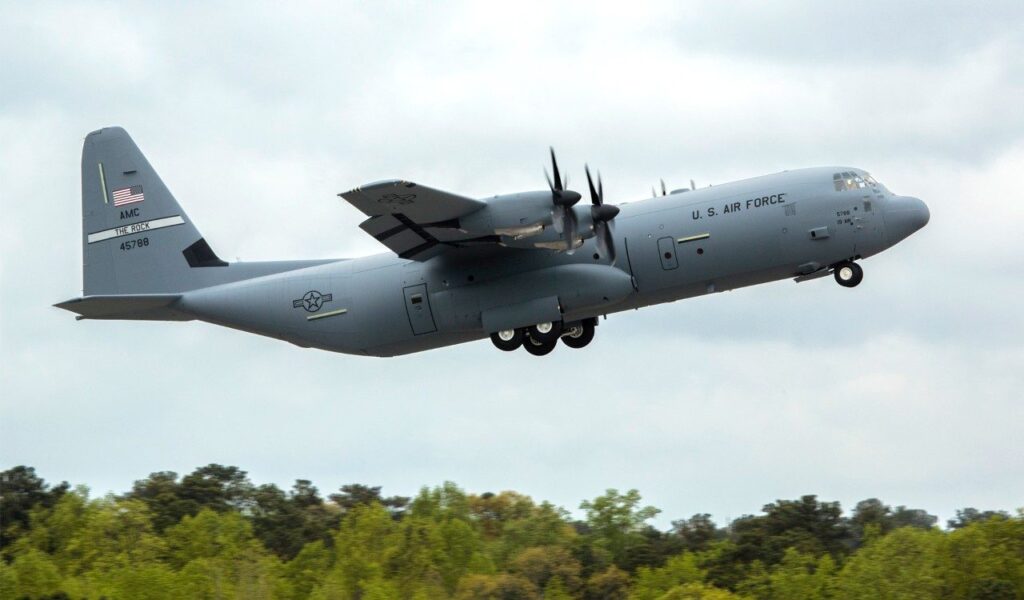 Image: Lockheed Martin
Image: Lockheed MartinCareer and Contributions
Commissioned from the U.S. Air Force Academy in 1986, Allvin built a career flying the C-17 Globemaster III, C-130 Hercules, and KC-135 Stratotanker, while also taking on strategic leadership roles. Prior to becoming chief of staff, he served as vice chief, overseeing critical planning and operations.
As chief, Allvin spearheaded modernization efforts designed to prepare the Air Force for potential conflict with China.
In early 2024, he announced structural reforms intended to increase agility and responsiveness. However, these initiatives were paused by Defense Secretary Hegseth under the second Trump administration.
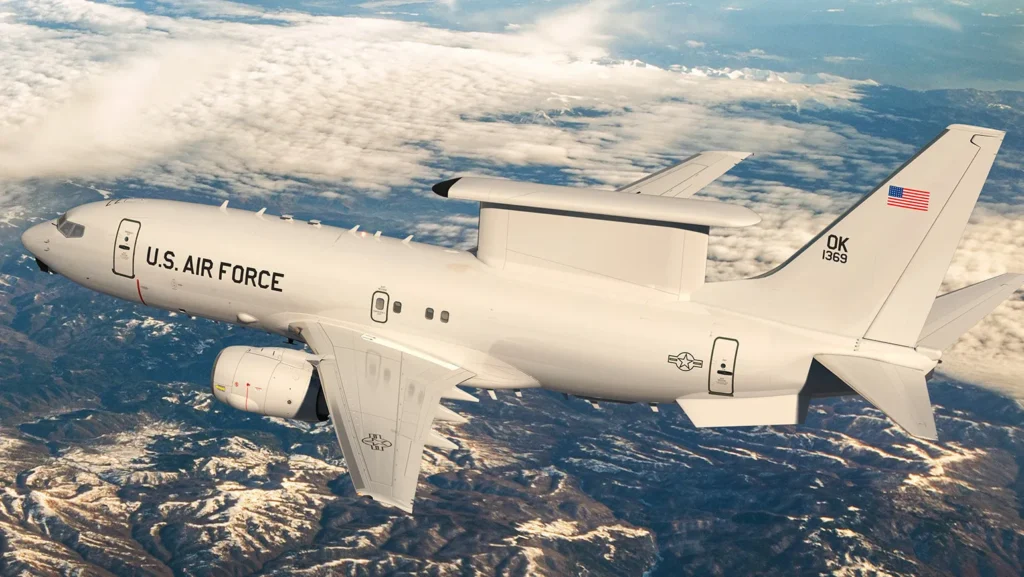 USAF Boeing E-7 Wedgetail (Artist Depiction); Photo- Wikipedia
USAF Boeing E-7 Wedgetail (Artist Depiction); Photo- WikipediaDiverging Views on Air Power
Tensions over the future direction of the service may have shaped the environment surrounding Allvin’s tenure. In recent testimony before Congress, Allvin argued that satellites were not yet advanced enough to fully replace airborne surveillance systems.
Hegseth, by contrast, advocated for greater reliance on space-based capabilities, casting doubt on investments in aircraft such as the Boeing E-7 Wedgetail.
Budget documents released in June 2025 confirmed the Pentagon’s decision to cancel procurement of the E-7, opting instead for more Northrop Grumman E-2D Hawkeye aircraft while expanding satellite-based reconnaissance.
This move underscored the growing divide between traditional airborne platforms and emerging space technologies in shaping the Air Force’s future.
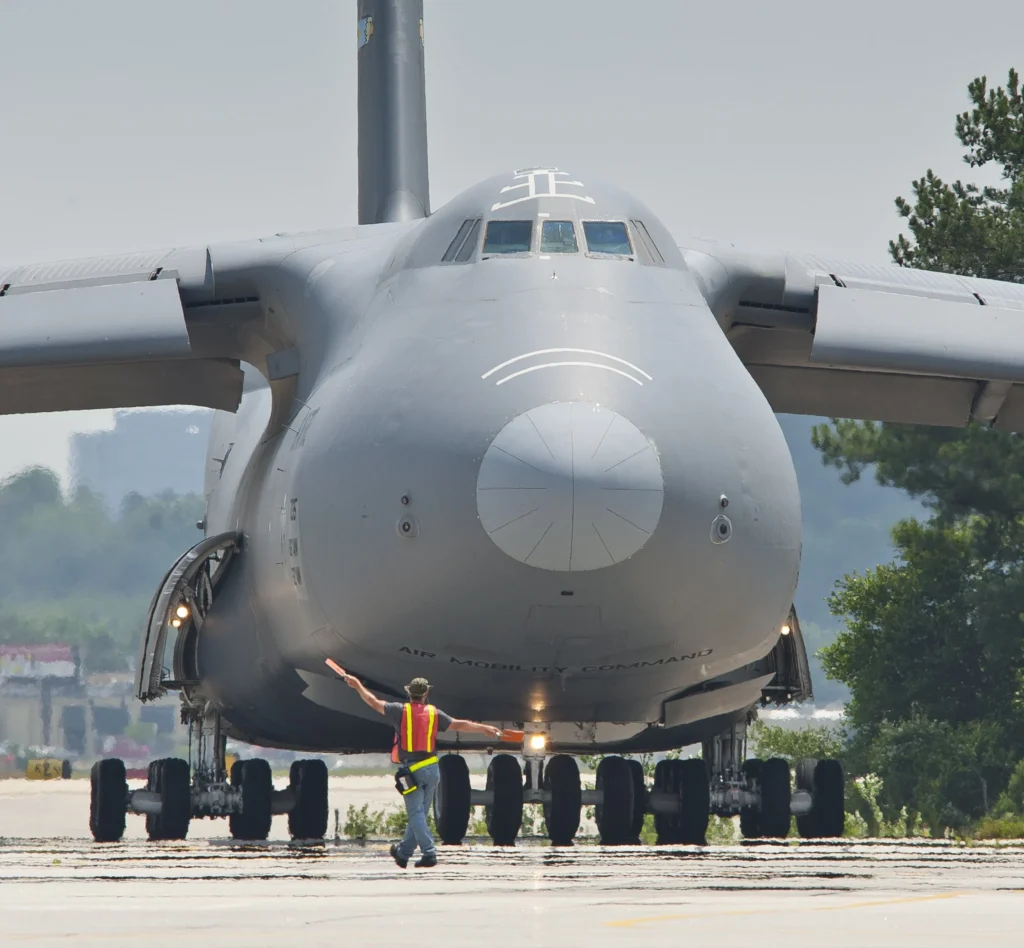 Photo: Lockheed Martin via flickr
Photo: Lockheed Martin via flickr Bottom Line
Allvin’s early retirement is unusual but not without precedent. Gen. Michael Moseley stepped down in 2008 after a series of controversies, while Gen. Brown left after three years to assume the nation’s top military post.
By retiring two years early, Allvin joins a small list of chiefs who did not serve the standard term, highlighting the evolving political and strategic pressures on the role.
Stay tuned with us. Further, follow us on social media for the latest updates.
Join us on Telegram Group for the Latest Aviation Updates. Subsequently, follow us on Google News
Top 10 Largest Air Forces in the World in 2025, No.6 Will Surprise You!!
The post US Air Force Chief to Retire 2 Years Early: Is This Alarming? appeared first on Aviation A2Z.















